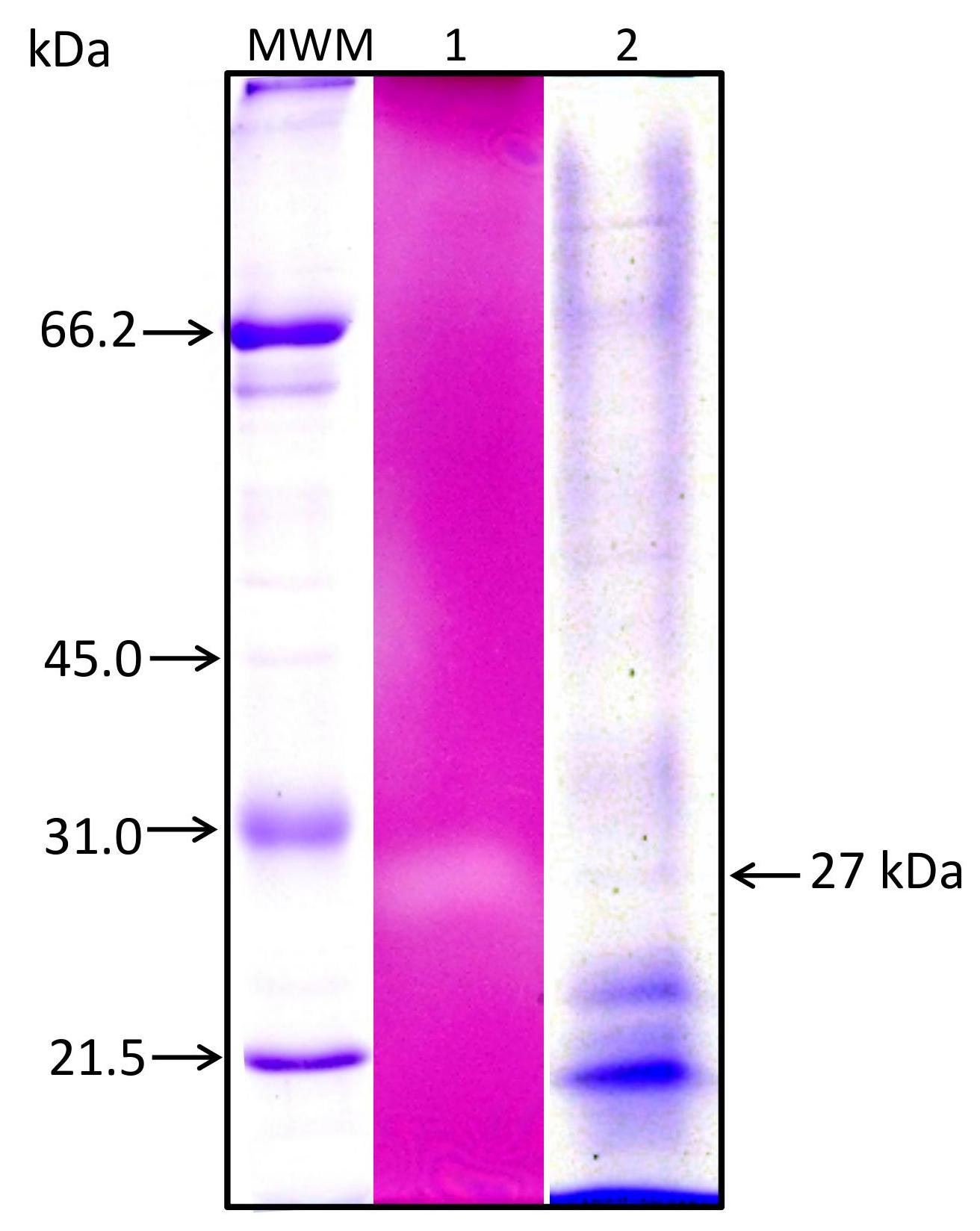 |
|
Aspergillus flavus is a saprophytic opportunistic plant pathogen that infects crops and stored grains, in a process assisted by the action of enzymes, such as xylanases and pectinases. In this work A. flavus CECT-2687 grew in submerged cultures on different monosaccharides, polysaccharides or agricultural residues, at several initial pH values, in order to identify the effect of these factors on xylanases and pectinases production. Results shown that this production is strongly dependent on the initial pH of the culture (is better at pH values between 6 and 8), as much as the composition and availability of polysaccharides used as carbon source. At this respect, on monosaccharides only xylanases were produced, although the highest xylanolytic activities were obtained on agroindustrial xylan-rich residues. Exopectinases titers were similar on polysaccharides and agricultural residues. This strain produced also high pectin lyases titers on agricultural residues. Electrophoretic pattern of crude extracts from lemon peel cultures at initial pH of 8 showed a protein band corresponding to a pectin lyase of around 27 KDa.
Keywords: xylanases, exopectinases, pectin lyases, agroindustrial residues, Aspergillus flavus CECT-2687.
|
|
 |

